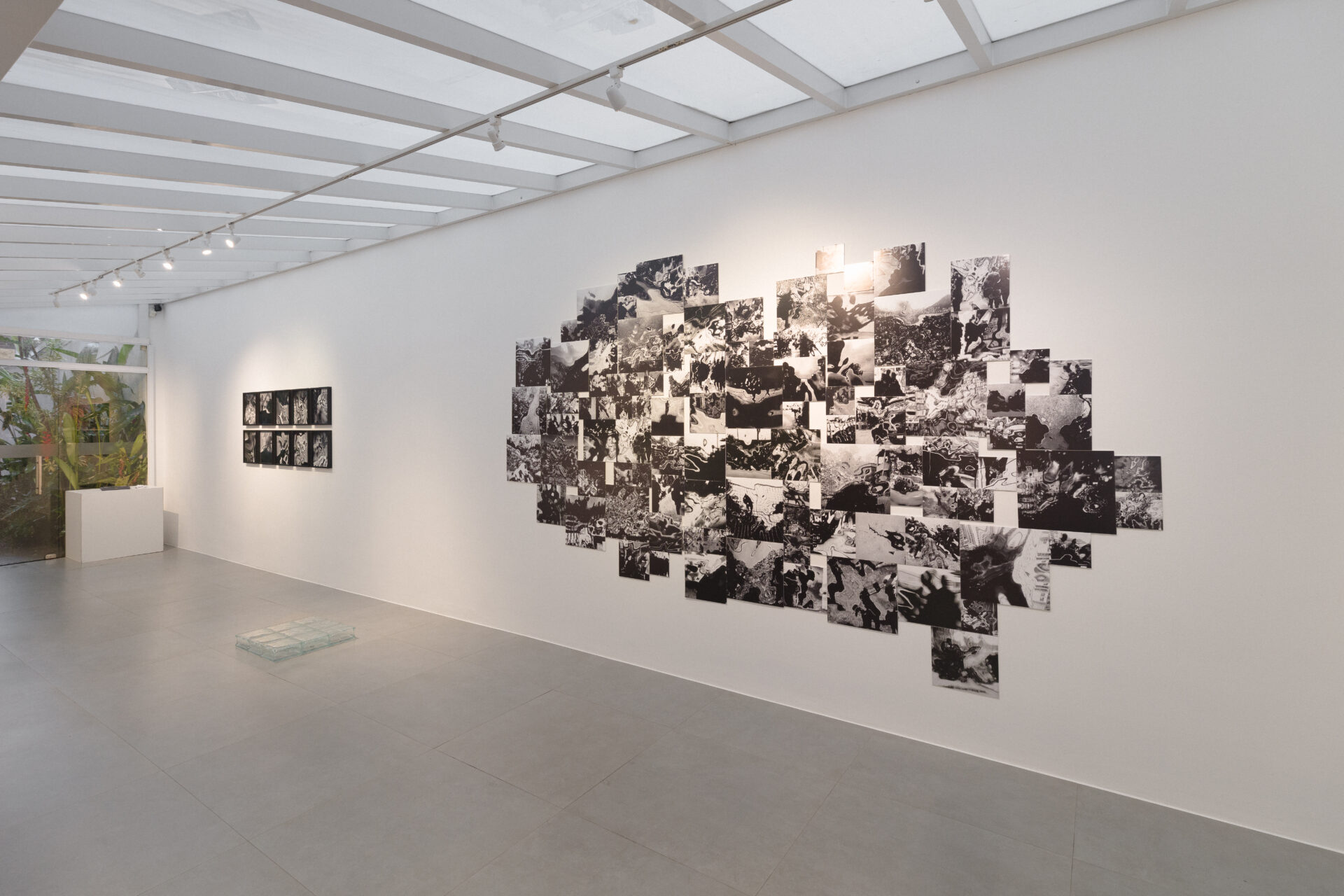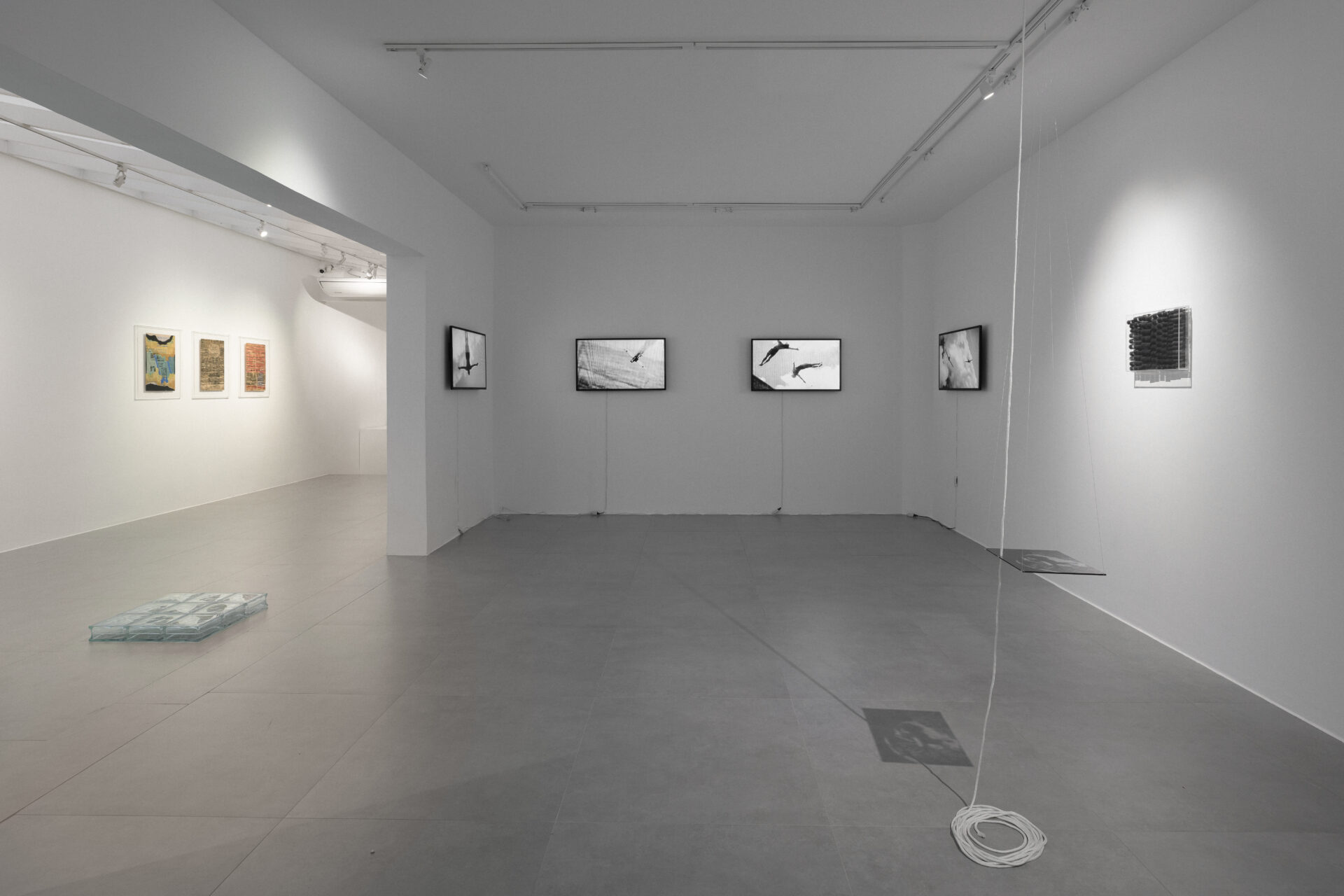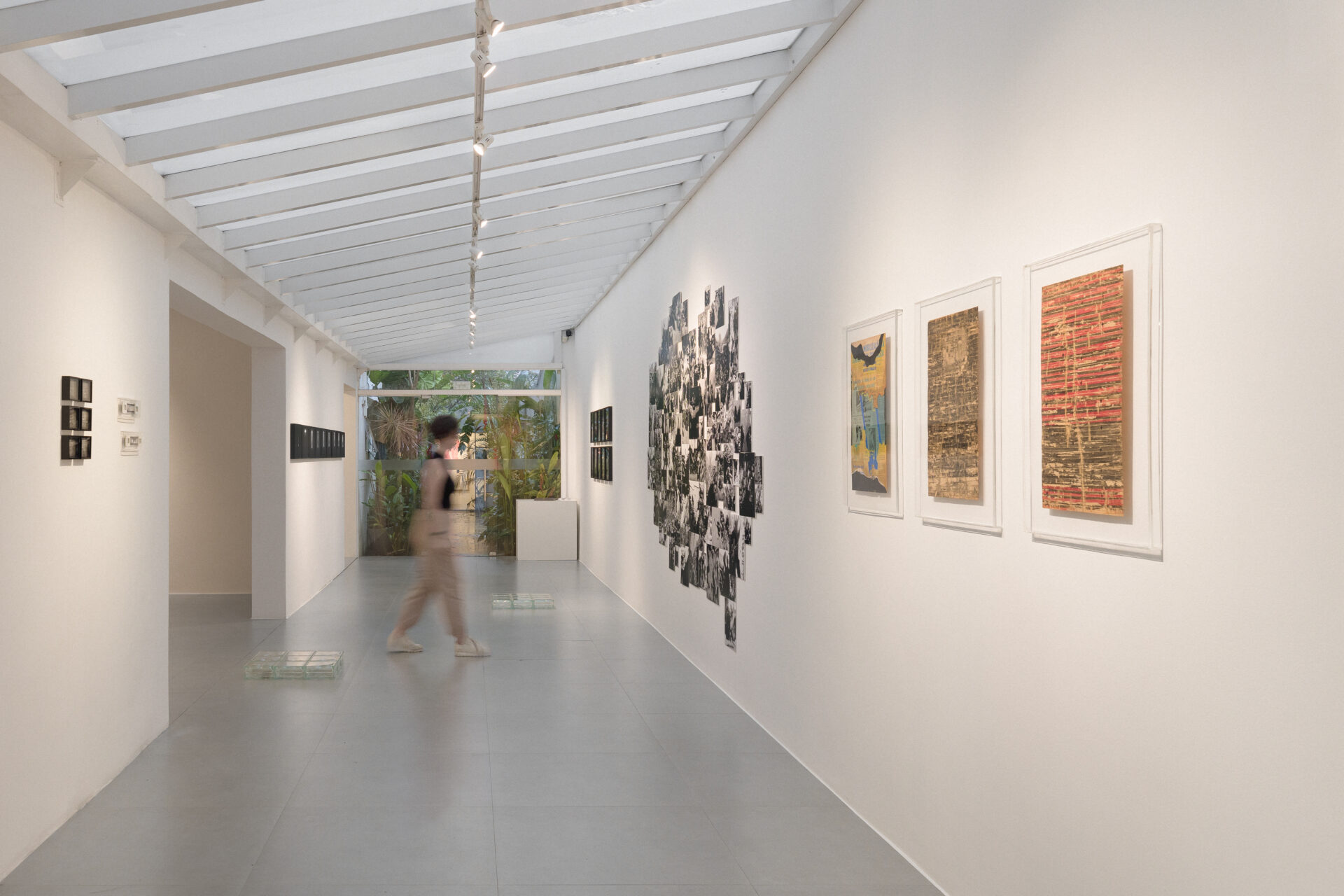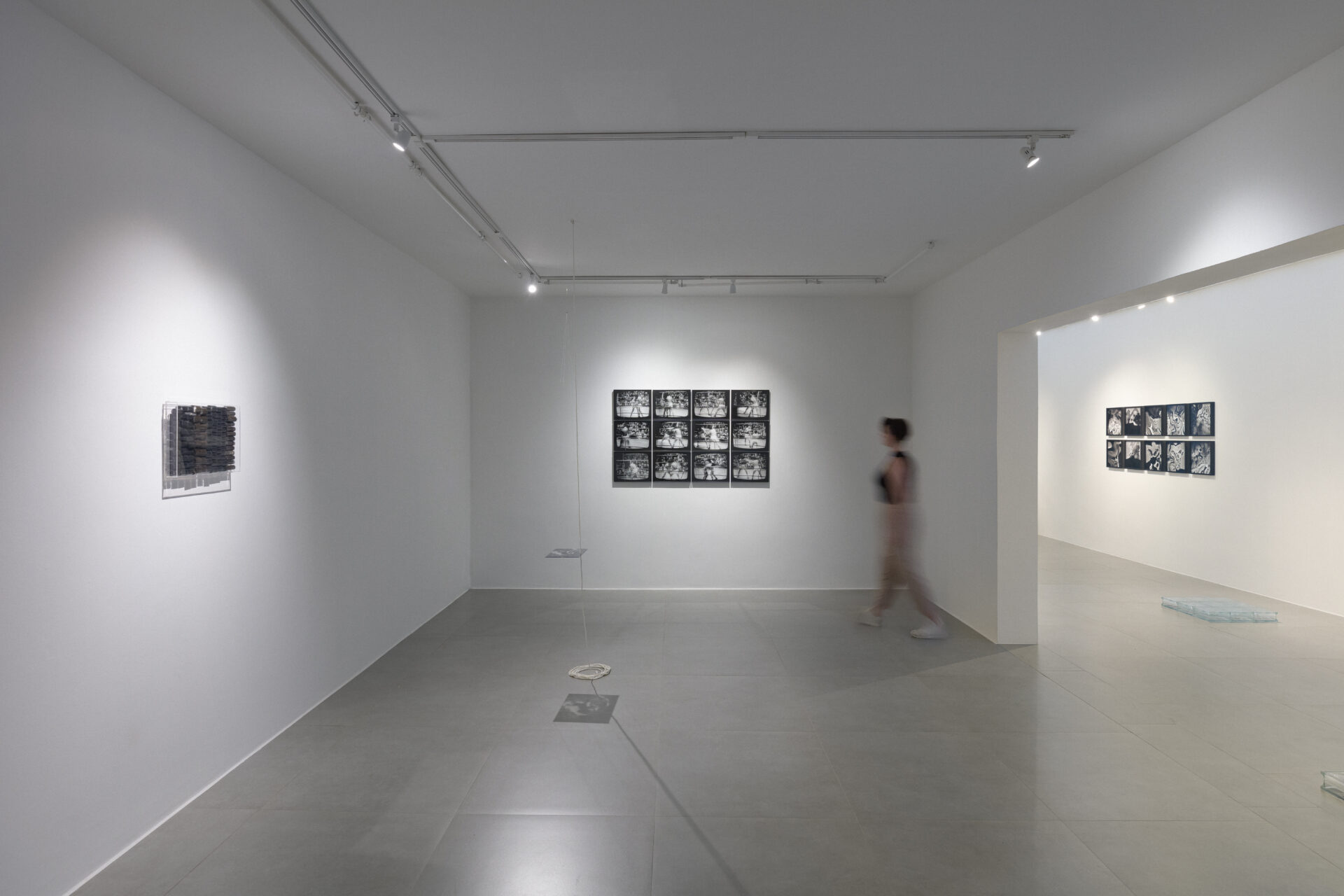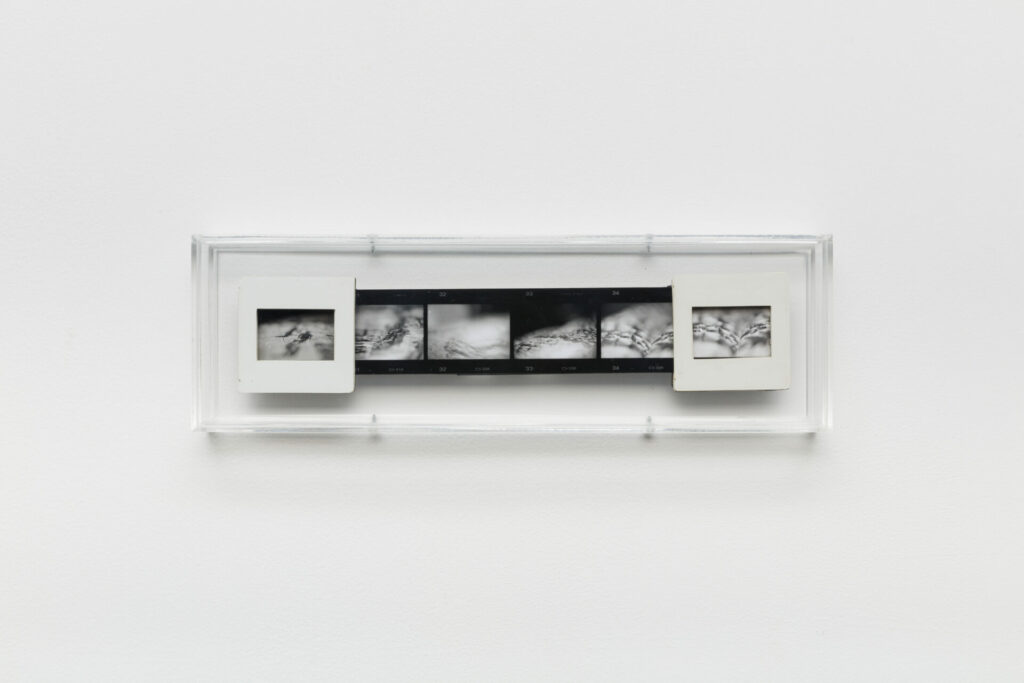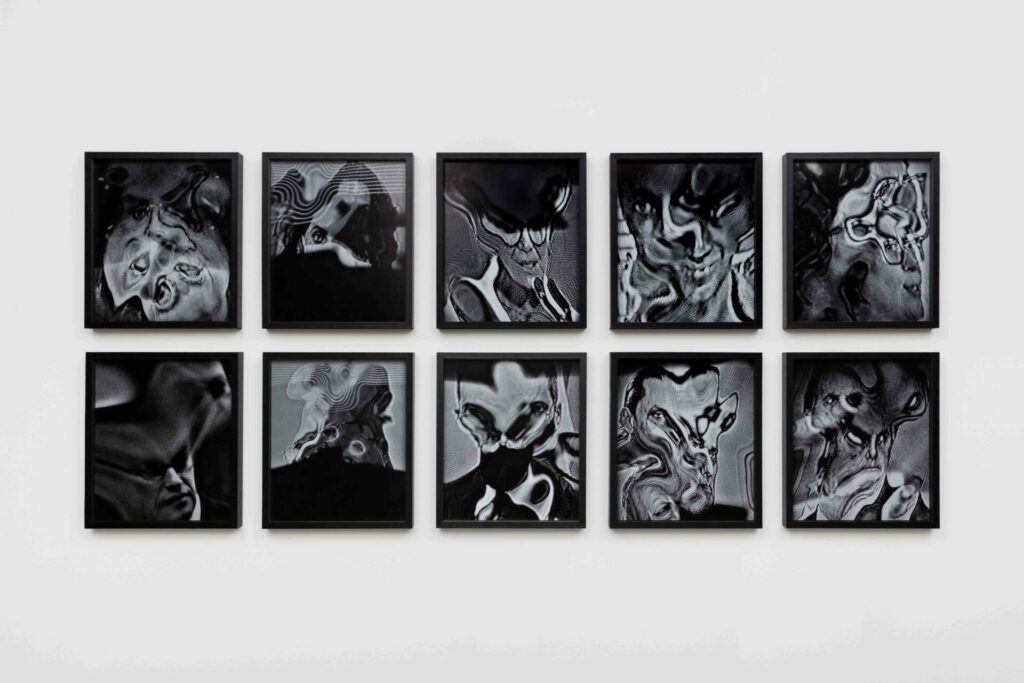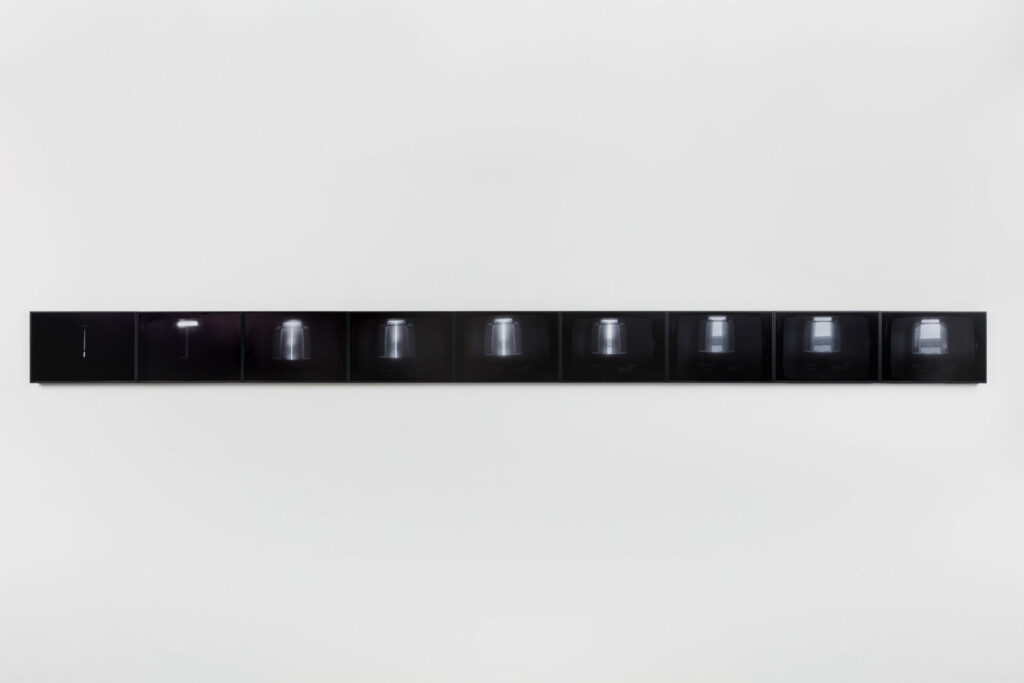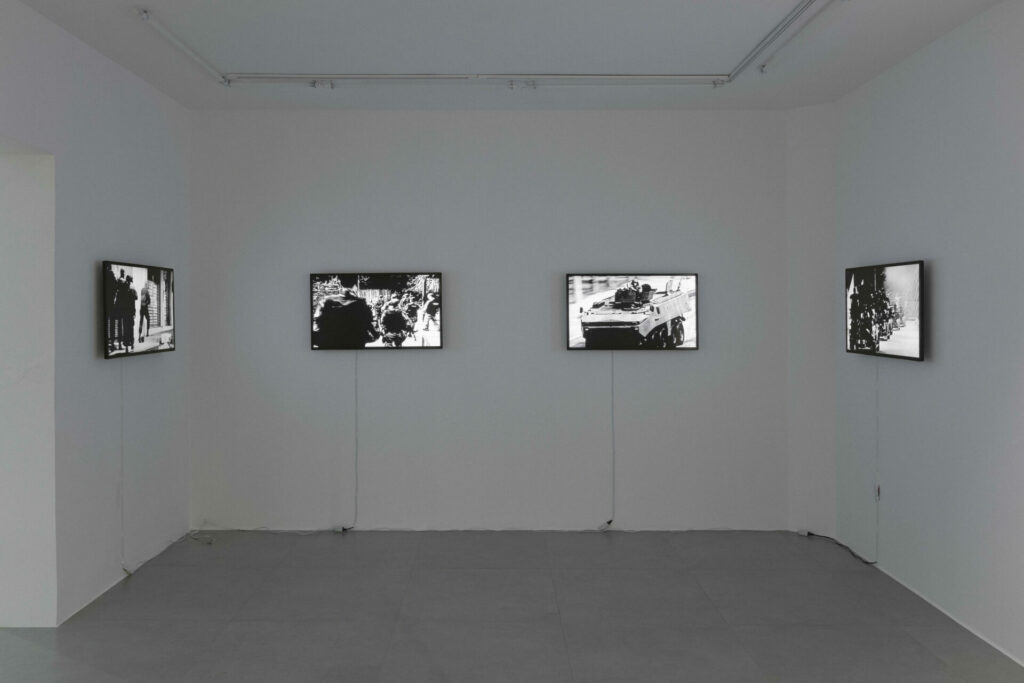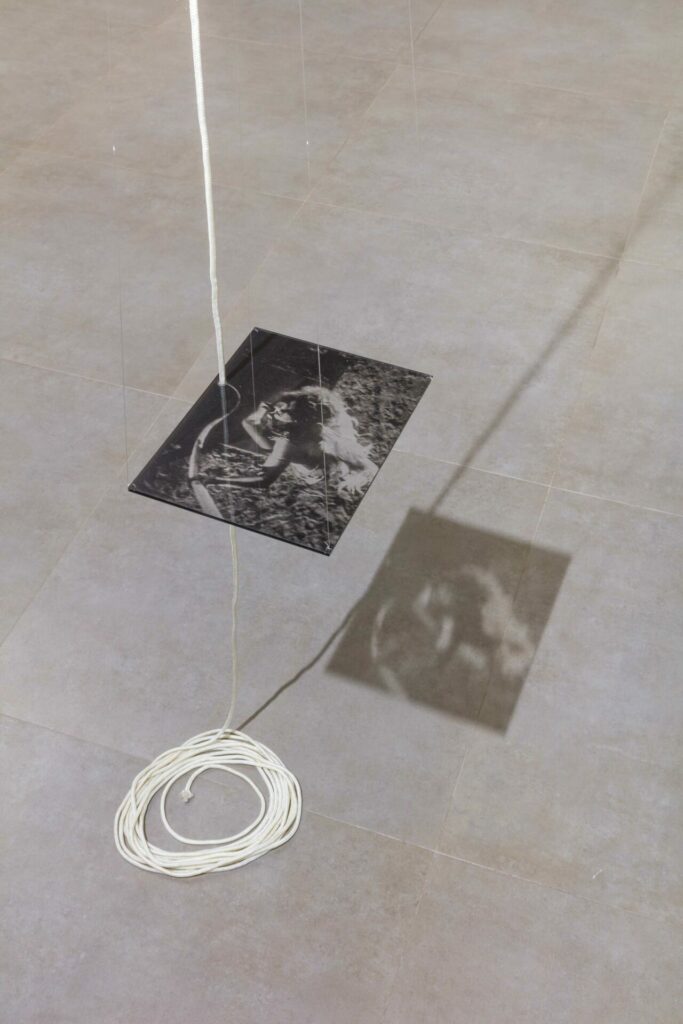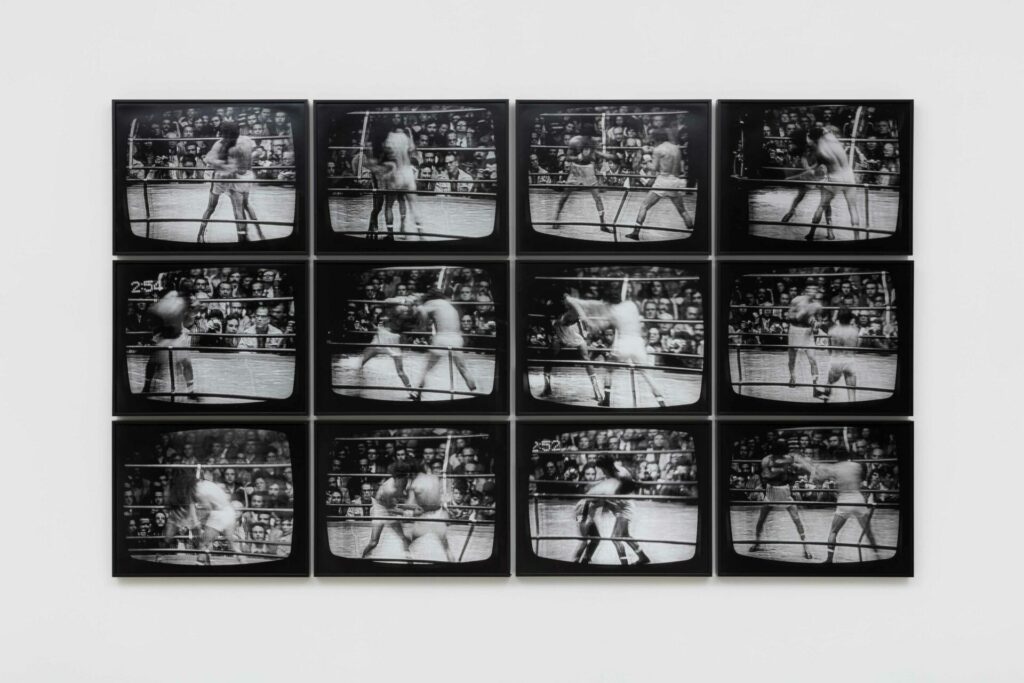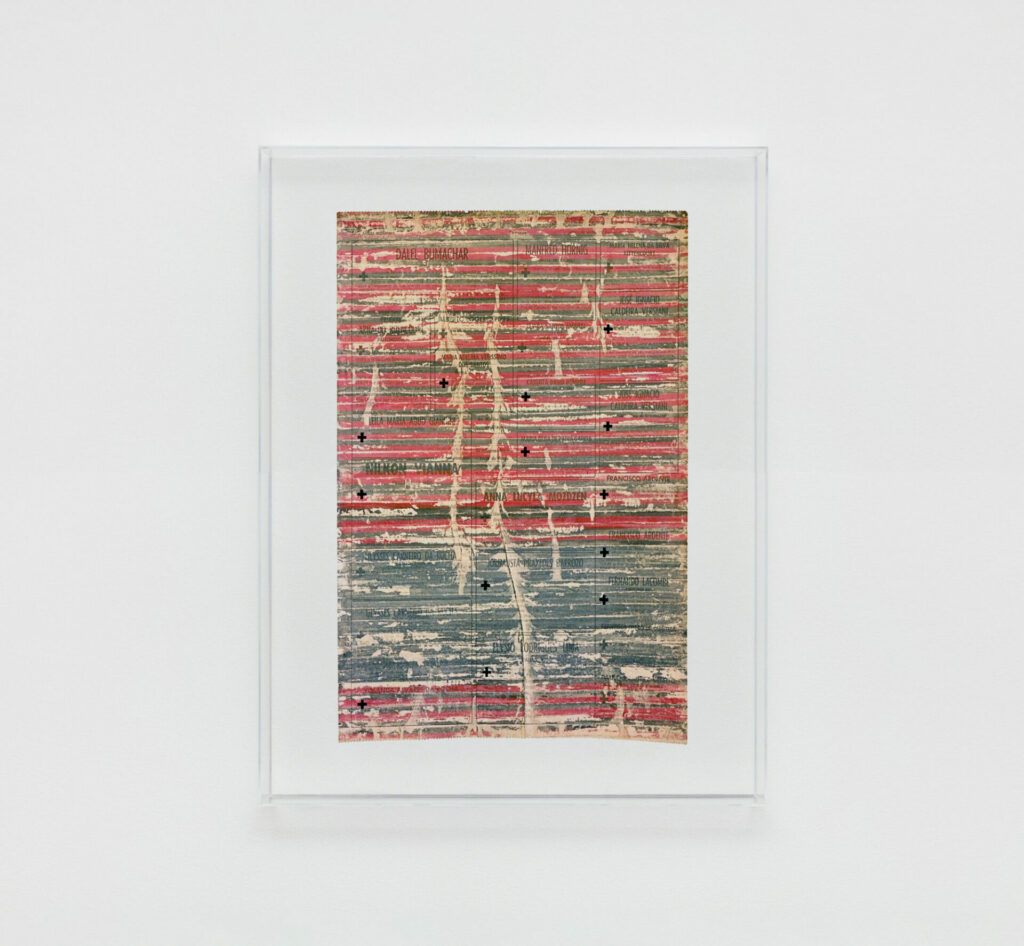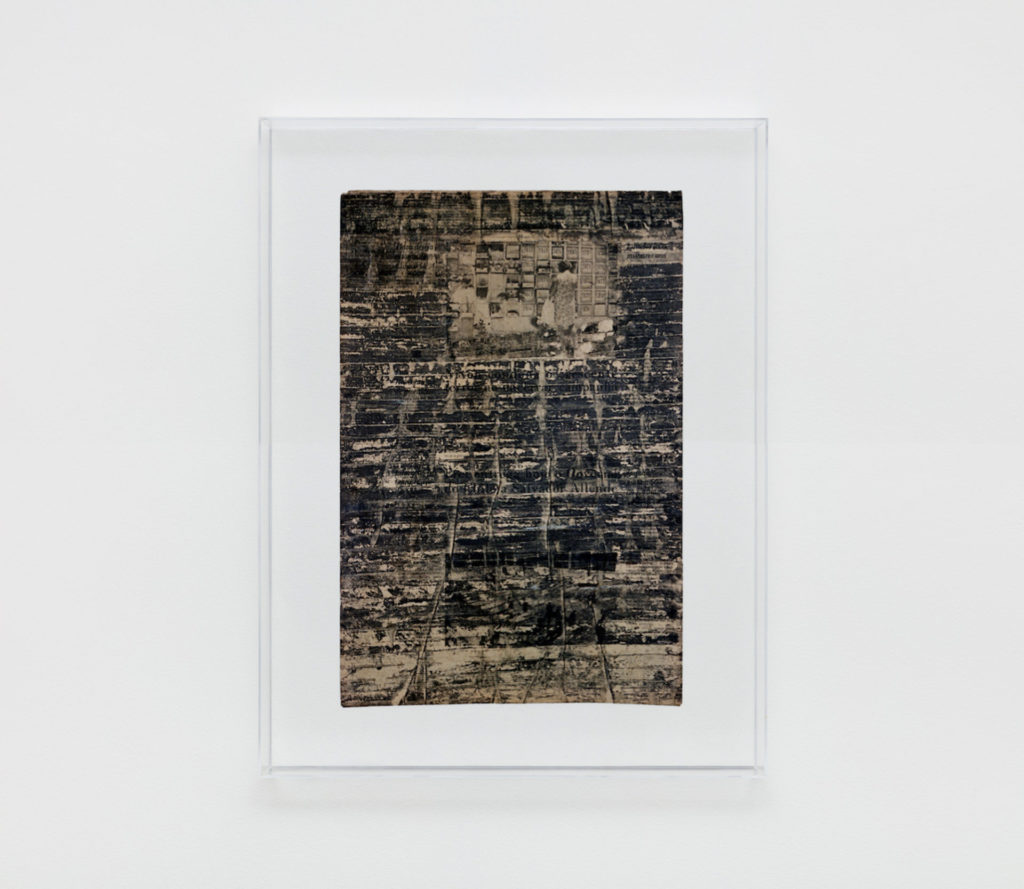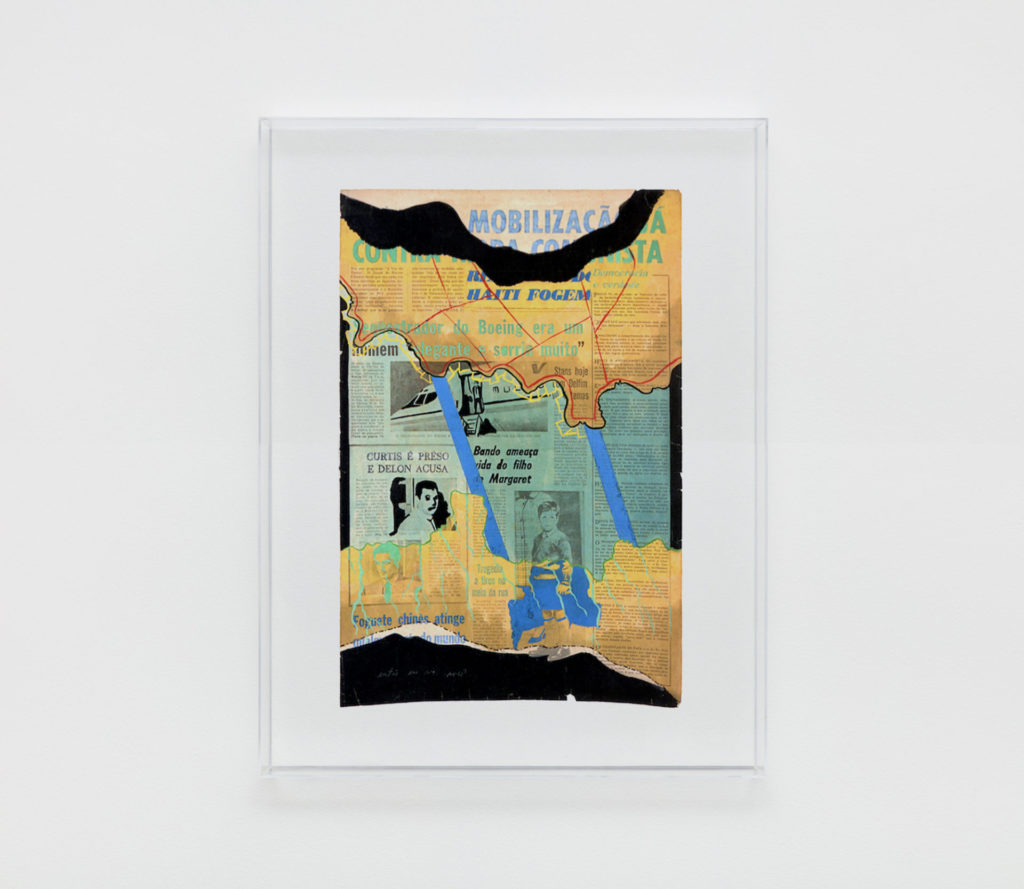Memories for Forgetfulness
Sometimes memory and image, experience and dreams, gesture and word are confused. The war narrated by the family, the imperfect escape, the boats waiting in the port, the arrival in a place where speech is unknown… image. The planes falling, the divers jumping almost in sync, the twisted politicians on the television screen. Image. In this case, possibly, those who listen attentively to the stories told -even without ever experiencing the obstacles experienced- are very similar to those who look attentively through the window, be it a concrete gap open to the world or a box for receiving images. “No birds cross, no dogs bark. We are here and not there, maybe we feel relieved; even though this “there” is in immediate proximity, even though the sounds of guns that we hear right here around us are confused with those broadcast live on TV,” writes curator Marisa Flórido Caesar.
Even if we are submerged in photographs every day, there is always something that is hidden from our eyes. The camera promises to immortalize the moment, but the instant slips away with time, escapes from the frame that wants to be history, but manages to return, manifests itself between what is seen and what is hidden. Daughter of Lebanese immigrants, in 1966, Ana Vitória Mussi goes to Kfaraakka1, the city of her ancestors, in search of the forgotten memory and returns with boxes of negatives that have not yet been developed. For her, what is not unveiled reveals more than the obviousness of the motionless scene. What does Kfaraakka, a village of melancholy (literal translation from Arabic), set among rolls of negatives guarding secrets tell us? In the preface of the book “Memory for Forgetfulness,” by Mahmud Darwich2, the writer Ricardo Lisías, great-grandson of Lebanese, tells that in 1982, he asked about the bombings that happened again in Beirut. He did not understand his mother’s explanation, but at that very moment he understood why the oldest in the family seemed to have a hole inside. Is there forgetfulness enough for them to forget? What remains is the taste of kibbeh, the nose, the marked dark circles under the eyes, a sticker with maktub written backwards and the accent that insists on changing“p” to “b.” It is a “remake” because we are returning to what was once an image, a film of us, condemned to return by negation, from which dialectic cannot be freed.
With works from different phases of Ana Vitória’s production, “À espreita” (lurking) exposes an artist who sees through cracks and photographs everything that is hidden between seeing and not seeing. There is no longer the truth/photographic document, but its invisibility and the constant clash between reminiscence and forgetfulness. Silence. No seagulls… the image hangs on by a hair.
- City in northern Lebanon from where Ana Vitória Mussi’s family emigrated.
- Darwich, Mahmoud – Mémoria para o esquecimento; 1. Ed – Rio de Janeiro: Tabla, 2021
